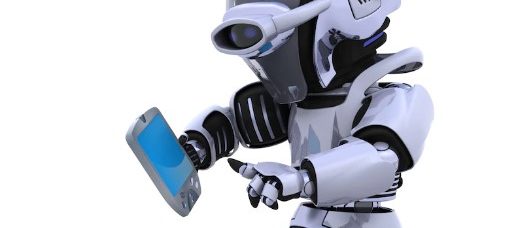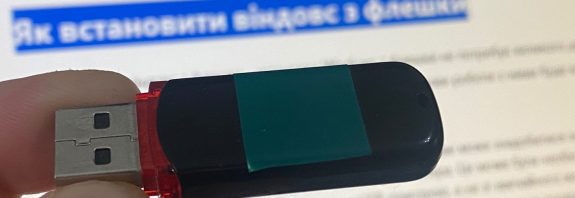History of the PDA

History of the PDA – PDAs were the new product of the 90s, and they significantly diverged from today’s smartphones
History of the PDA – these devices were personal computers that could be carried with you in a wallet or purse. There is a smaller screen size and less memory compared to standard PCs.
The history of the PDA began in 1989, when the Hewlett-Packard company released the first PDA, which was named HP-95LX
It is equipped with 1 MB of RAM, 512 KB of flash memory and an Intel 80C186 processor. The HP-95LX runs on the MS-DOS operating system and has an 8-row monochrome display.
In 1992, Apple released its PDA, called the Apple Newton MessagePad. Newton is more important than the HP-95LX, it also has a color screen and is equipped with a built-in stylus. It was also equipped with innovative software that made it possible to recognize handwritten text and create operations based on it.
In 1996, the Palm company released its PDA, which took the name PalmPilot. It will be more compact and easier to use than the Apple Newton and the already popular Palm OS operating system. Over the next many years, PalmPilot became increasingly popular among business owners and became a well-known leader in its class.
Throughout the 2000s, PDAs were gradually replaced by smartphones, which were less and more powerful for the world
Tim no less, the CCP continues to be victorious in many areas, where there is a high level of security and reliability, for example, in medical diagnostics and industrial ownership.
In addition, PDAs have brought a lot of innovations, such as innovations in modern smartphones. For example, PalmPilot uses Wi-Fi and Bluetooth, which were the first drone-free communication technologies for personal computers. PDAs also became the first devices that could synchronize with a PC using an additional USB cable or wireless connection.
Over the years, PDAs have been replaced by smartphones, which have absorbed the functions of a PDA and a mobile phone. Smartphones offer a larger screen, a faster processor, more memory and the ability to connect to the Internet. Smartphones also have a lot of functions that were not available on a PDA, such as a camera, GPS navigation, multimedia operations and the ability to install add-ons from the add-on store.
In today’s world, PDAs are being lost in history, and their contribution to the development of technology and electronics is indispensable.
PDAs became the first step in the development of mobile technology and made a great contribution to the development of wireless communication, which is an invisible part of our lives.
Facts about the PDA
Homage: The term “PDA” became popular in the 1990s, as portable computers became widespread among business people.
Size and size: PDAs stand out from other computers with their compact size and lightness. The smells can easily fit into a wallet or bag.
Functions: PDAs offer capabilities similar to those of basic computers, such as text processing, Internet surfing, email and games. Some models are also capable of video chats and photography.
Operating systems: The most advanced operating systems for PDAs are Windows Mobile, Palm OS and Pocket PC. Over time, smartphones have become stinky, which gives them more functions and more convenient ones.
Evolution: With the development of technology, the CCP has seen significant changes. They have become more powerful and functional, but also less popular, as more consumers give preference to smartphones with larger screens and expanded capabilities.









